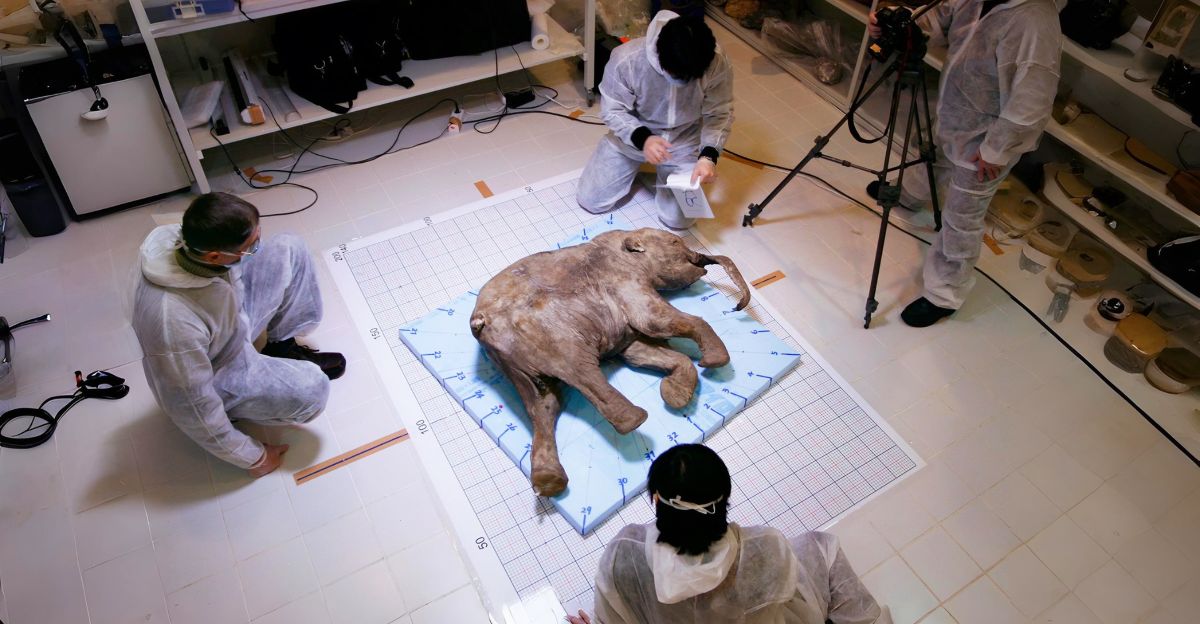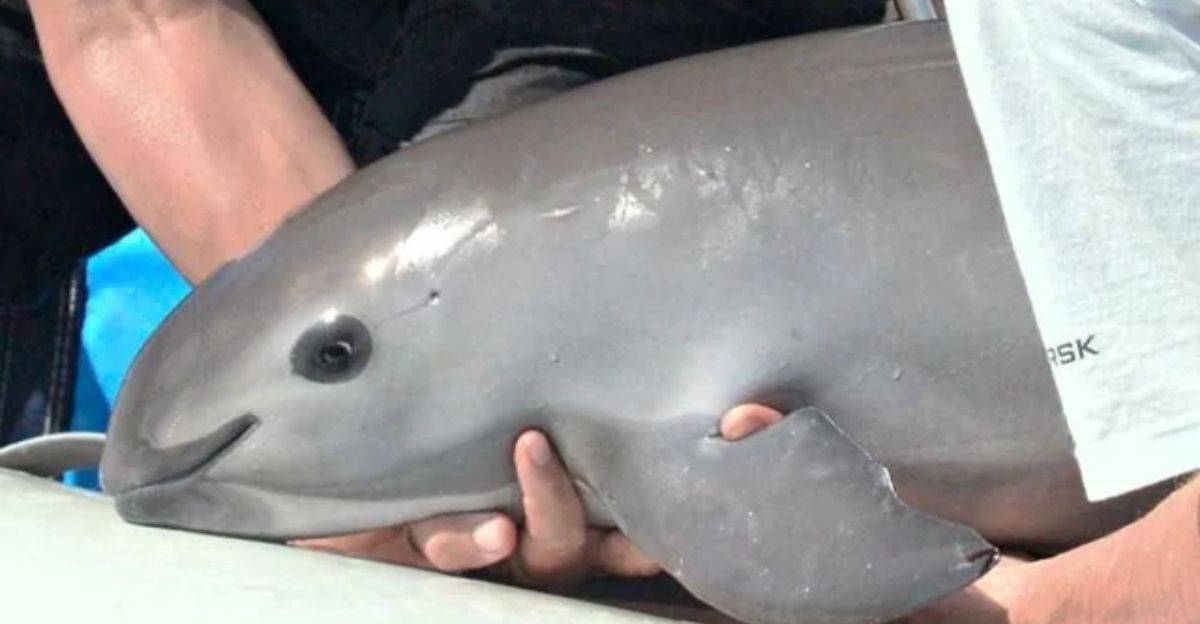
The concept of bringing back extinct species, known as de-extinction, captivates the imagination. Advancements in genetic engineering have made this idea more plausible, with efforts to revive species like the woolly mammoth and the dodo. Proponents argue that de-extinction could restore lost biodiversity and rectify past human-induced extinctions.
However, the excitement surrounding de-extinction is dampened by significant ethical concerns. Questions arise about the welfare of resurrected animals, the ecological impact of reintroducing species into modern environments, and the potential diversion of resources from conserving existing endangered species. These dilemmas require a thorough examination of the moral implications of de-extinction.
As we stand on the cusp of potentially reversing extinction, society must grapple with whether the pursuit of de-extinction aligns with ethical conservation practices or if it represents an overreach into nature’s domain.
Animal Welfare Concerns

Resurrecting extinct species raises pressing animal welfare issues. Cloning and genetic engineering processes often involve high failure rates, leading to miscarriages, deformities, and suffering in surrogate animals. The 2003 attempt to clone the extinct Pyrenean ibex resulted in a calf that died shortly after birth due to lung defects.
Additionally, the social and behavioral needs of resurrected animals may not be met in modern environments. For instance, cloned wolves lacking natural pack structures may experience psychological distress. These welfare considerations challenge the morality of bringing back species without ensuring their well-being.
Ethicists argue that causing unnecessary suffering to sentient beings is morally wrong, and de-extinction efforts must prioritize the humane treatment of both surrogate and resurrected animals.
Ecological Implications

Reintroducing extinct species into contemporary ecosystems poses ecological risks. Habitats have changed since these species disappeared, and their niches may no longer exist or may be occupied by other organisms. Introducing a species without a suitable environment can lead to competition, predation, or the spread of diseases.
For example, resurrected mammoths might struggle to survive in today’s Arctic tundra, potentially disrupting existing ecosystems. Additionally, there’s a risk that these species could become invasive, outcompeting native flora and fauna. Such ecological disturbances could have far-reaching consequences.
Therefore, ecological assessments are crucial before considering the reintroduction of extinct species to ensure they do not harm current biodiversity.
Resource Allocation and Conservation Priorities

De-extinction projects require substantial financial and scientific resources. Critics argue that these resources might be better invested in conserving endangered species and protecting existing habitats. Focusing on de-extinction could divert attention and funding from pressing conservation needs.
For instance, efforts to clone extinct animals might overshadow initiatives to save critically endangered species like the Amur leopard or the vaquita porpoise. Allocating resources to prevent current extinctions may yield more immediate and tangible benefits for biodiversity.
Balancing the allure of de-extinction with the urgent need to conserve existing species is a significant ethical consideration for the scientific community and policymakers.
The Natural Order and Human Intervention

Some ethicists contend that de-extinction interferes with the natural order and evolutionary processes. Extinction is a natural part of life’s history, and human attempts to reverse it may be seen as overstepping boundaries. This perspective raises questions about the role humans should play in manipulating nature.
Moreover, there’s concern that de-extinction could lead to a false sense of security, diminishing the perceived urgency to protect endangered species. If extinction is no longer seen as permanent, conservation efforts might lose momentum. This complacency could have detrimental effects on biodiversity preservation.
Therefore, it’s essential to consider whether the pursuit of de-extinction aligns with ethical environmental stewardship or represents an unwarranted intrusion into natural processes.
Legal and Regulatory Challenges

The legal frameworks governing de-extinction are currently inadequate. Questions arise regarding the classification of resurrected species, their protection under conservation laws, and the responsibilities of those who create them. Without clear regulations, there’s a risk of exploitation or neglect.
For example, if a de-extinct species is not recognized under existing wildlife protection laws, it may lack safeguards against harm or exploitation. Additionally, the ownership and patenting of genetically engineered organisms introduce complex legal and ethical dilemmas.
Establishing comprehensive legal and ethical guidelines is imperative to address the unique challenges posed by de-extinction and ensure responsible practices.
Public Perception and Ethical Discourse

Public opinion on de-extinction is divided, with some viewing it as a scientific marvel and others expressing ethical reservations. Engaging the public in discourse about the moral implications of de-extinction is crucial for democratic decision-making. Transparent communication can foster informed opinions and ethical considerations.
Educational initiatives and public forums can facilitate discussions about the potential benefits and risks of de-extinction. Incorporating diverse perspectives ensures that ethical deliberations encompass societal values and concerns. This inclusive approach can guide responsible scientific advancements.
Ultimately, societal consensus and ethical reflection are essential components in determining the appropriateness of pursuing de-extinction technologies.
Technological Limitations and Uncertainties

Despite advancements, de-extinction technologies remain imperfect. Cloning and genetic engineering involve uncertainties, and the long-term viability of resurrected species is unknown. These technological limitations raise ethical questions about the prudence of proceeding with de-extinction efforts.
Moreover, the genetic diversity of resurrected populations may be limited, making them susceptible to diseases and reducing their adaptability. Ensuring the health and sustainability of these species requires careful consideration and ongoing research.
Acknowledging and addressing these technological challenges is vital to responsibly navigate the ethical landscape of de-extinction.
Philosophical Reflections on Human Responsibility

De-extinction prompts philosophical inquiries into human responsibility toward nature. Should humans attempt to rectify past harms by reviving extinct species, or focus on preventing current extinctions? This moral dilemma underscores the need for ethical reflection in conservation strategies.
Some argue that de-extinction could serve as a form of restitution for species lost due to human actions. Others contend that resources should prioritize safeguarding existing ecosystems and species at risk. Balancing these perspectives requires careful ethical deliberation.
Ultimately, de-extinction challenges us to consider the extent of our moral obligations to the natural world and the most ethical means of fulfilling them.
Ethical Frontiers

The pursuit of de-extinction sits at the intersection of scientific innovation and ethical complexity. While the idea of reviving extinct species is captivating, it necessitates a thorough examination of the moral, ecological, and practical implications. Responsible stewardship demands that we weigh the potential benefits against the ethical dilemmas involved.
Engaging in transparent, inclusive, and informed discussions can guide ethical decision-making in de-extinction endeavors. By prioritizing animal welfare, ecological integrity, and conservation priorities, we can navigate the challenges posed by de-extinction with moral clarity.
As we advance into this new frontier, let us proceed with caution, humility, and a steadfast commitment to ethical principles in our interactions with the natural world.
Explore more of our trending stories and hit Follow to keep them coming to your feed!

Don’t miss out on more stories like this! Hit the Follow button at the top of this article to stay updated with the latest news. Share your thoughts in the comments—we’d love to hear from you!







